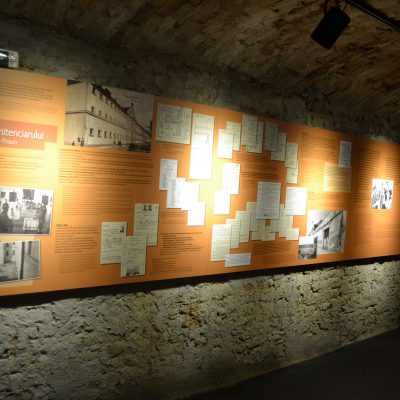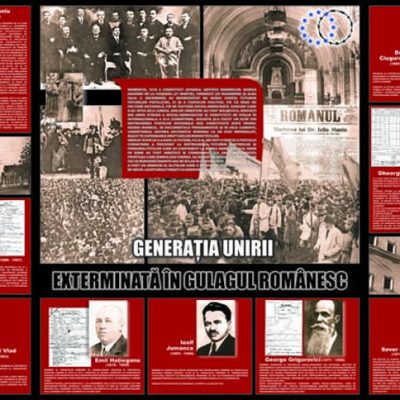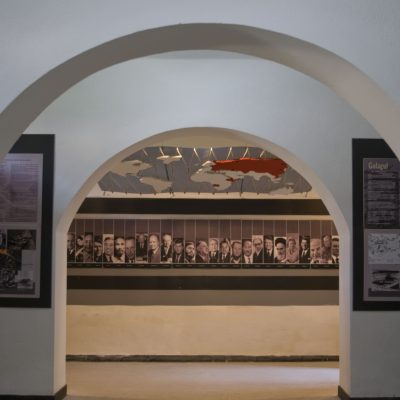Hard labour – the use of political detainees on various building projects or in mines – was widespread in the communist period.

The most infamous of all the sites was the Danube-Black Sea Canal, where work began in March 1950, continuing until it was halted in 1953. The purpose of the
Canal was explained in two ways: it was intended to link the Black Sea to the Oder-Rhine Canal via the Danube for iron transportation. But at the same time it was meant to allow Soviet ships to sail up the Danube, in the event of an armed conflict with Yugoslavia. The labour force was made up of “reactionary elements”, the majority of whom had been “administratively arrested”, without trial, for terms of between twelve and sixty months. In the language of the Gheorghiu-Dej regime, the Canal was known as “the graveyard of the Romanian bourgeoisie”. According to the most conservative estimates, there were over 40,000 detainees held in the Canal’s camps in 1950 alone, along with another 20,000 so called “volunteer workers”. A number of case studies evoke the ex-judicial killings committed on the Canal and the “sabotage” trials brought against engineers and workers.
Another panel tells the story of the forced labour camps in Bălţile Brăilei and the Danube Delta, and the work colonies in the lead mines of Maramureş. The motorcycle exhibited in the middle of the room was made in Aiud, where a workshop had been set up inside the prison.
In the satellite photo of Dobrudja (donated by archaeologist Dinu Adameşteanu) the main building sites of the Canal are marked, along with some of the reed harvesting sites in the Danube Delta, where forced labour was also used, and a few of the obligatory domiciles in Bărăgan.









